

Nuclear energy is one of the important pillars to meet energy supply and ensure national security. The efficient development of nuclear power on the basis of ensuring safety is an important policy in China's energy construction, which is of great significance to ensure energy supply and safety, protect the environment and achieve sustainable development. The National Development and Reform Commission and the National Energy Administration's Action Plan for Innovation in the Energy Technology Revolution (2016-2030) also clearly state that China will continue to implement the innovation-driven development strategy in depth, improve the scientific and technological research and development system in the field of nuclear energy, support scientific research in the fields of small modular reactors, fourth-generation nuclear energy systems, nuclear hydrogen production, etc., so that nuclear energy can contribute more to the construction of a "beautiful China".
According to the China Nuclear Energy Industry Association, as of December 31, 2018, China has put into commercial operation 44 nuclear power units (excluding Taiwan), with a total installed capacity of 44.6 GW, 11 nuclear power units under construction, with a total installed capacity of 11 GW. Nuclear power generation has great advantages in technology maturity, economy and sustainability, and is a large-scale alternative to fossil energy, compared with hydropower, photovoltaics and wind power, which has the advantages of non-intermittentity and less constraints by natural conditions.
Although nuclear power plants are extremely safe and nuclear islandshave four safety barriers, nuclear waste and thermal pollution are still two major problems. In the event of an accident, the consequences are extremely serious, so it is necessary to monitor a large area around the plant. Coupled with the large area around it that requires waste disposal and storage, the scope of operations for aerial monitoring of nuclear pollution is enormous.
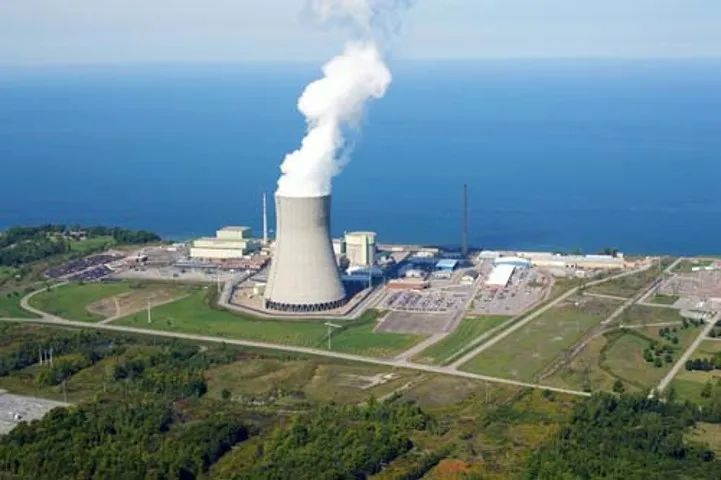
How to establish safety monitoring around nuclear power plants
Build a drone nuclear monitoring system. Through the UAV mount radiation monitoring equipment to inspect the perimeter of the nuclear power plant, unmanned ships equipped with water body monitoring equipment for water sample monitoring, the data collected by each mission system through wireless equipment or public network transmission, transmission to the command hall, data processing, analysis and results.
In 2017, Honeycomb participated in the Emergency Monitoring Project for Nuclear Pollution Prevention and Control in Northeast China, the Nuclear and Radiation Safety Center of the Ministry of Environmental Protection. In order to effectively deal with the risk of nuclear pollution in Northeast China, the Ministry of Ecological Environment has arranged a number of capacity-building projects to establish an early warning system for the prevention and control of nuclear pollution risk in Northeast China. Hioneycomb HC-280, HC-230, HC-332 drones to participate in the monitoring project, as well as gamma spectrometer radiation monitoring equipment, 3D gamma imaging monitoring system, tilt photography system, aerosol sampling equipment, ground measurement and control workstations.
Solution
Multi rotor UAV Nuclear monitoring system
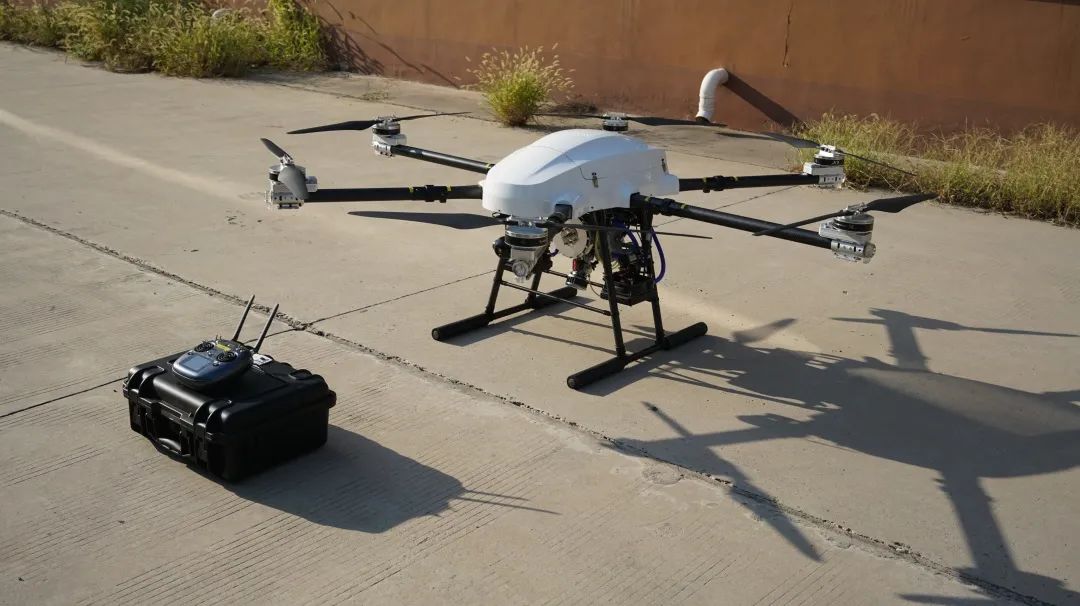
The HC-342 oil-electric hybrid six-rotor UAV system is a large-duty, high-performance multi-rotor drone developed by Honeycomb design, with a maximum take-off weight of 50 kg and a long range of 120min for different missions Load to complete high-definition video capture and real-time backhaul, three mapping, projectile throwing and aerial shouting and other tasks, can automatically avoid obstacles in flight, has been widely used in material delivery, atmospheric monitoring, power inspection, oil and gas inspection, railway inspection, Land mapping and other fields.
The multi-rotor drone radiation monitoring system consists of a multi-rotor aircraft platform, a mission system, a data transmission system, a ground control station and ground support system and an auxiliary equipment.
Fixed wing UAV Nuclear monitoring system
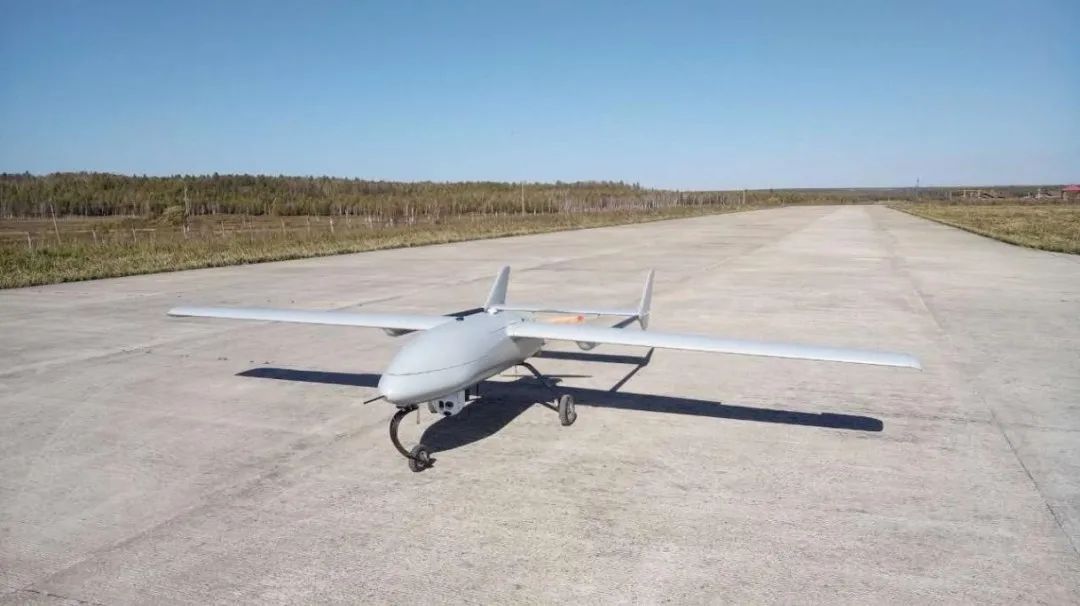
HC-140 oil-powered fixed-wing UAV system is a large-load long-range fixed-wing UAV, the whole aircraft is made of carbon fiber composite materials, the maximum take-off weight of 150 kg, flight speed of 120km/h, with flight stability, easy to operate, long duration, high flight efficiency characteristics, has been widely used in border patrol, forest fire prevention, nuclear radiation monitoring, space reconnaissance, material delivery, flight training and other fields.
Fixed-wing UAV radiation monitoring system includes a fixed-wing aircraft platform, a mission system, a ground control equipment, a data transmission system, a ground measurement and control and ground support system.
Unmanned helicopter radiation monitoring system
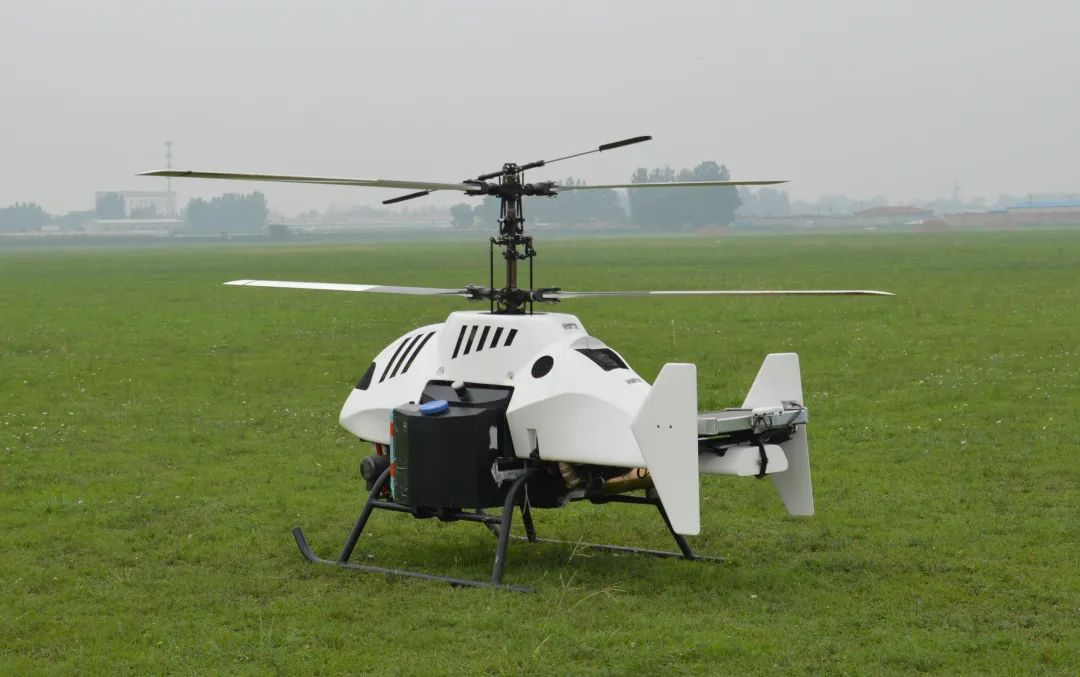
The HC-280 unmanned helicopter features a conventional single-rotor with tail paddle pneumatic layout, simple structure, mature technology, good maneuverability, low single-machine price and maintenance costs. Piston engine power system, maximum take-off weight 240kg, maximum cruising speed of up to 110km/h, duration of up to 4h, body structure using modular design, metal welding main skeleton, full composite skinning, skid-style landing gear, high flat tail, using seesaw rotors, composite blades. Depending on the needs of different users, a variety of task loads can be carried.
The system consists of a UAV platform, a mission system, a data transmission system, a ground measurement and control station, etc., and the mission equipment is mounted on the UAV platform to carry out nuclear radiation monitoring equipment for nuclear radiation measurement operations.
In the nuclear radiation monitoring system, the mission system has LaBr3 gamma nuclide monitor, three-axis visible photoelectric pod, air aerosol sampling equipment. Auxiliary equipment consists of a five-lens mapping camera and a gamma camera. At the same time, hive space in the early stage has completed the gamma imaging equipment mount testing and demonstration operations, for the country's first mature drone hang-up gamma camera radiation monitoring system.
Ground-based test and control stations and ground support systems mainly complete remote control, telemetry, tracking positioning and mission equipment information transmission for drones, and realize long-range control of UAV and airborne mission equipment. It consists of a ground station, a remote control, a monitoring vehicle, a ground data terminal and a ground power supply.
Real cases
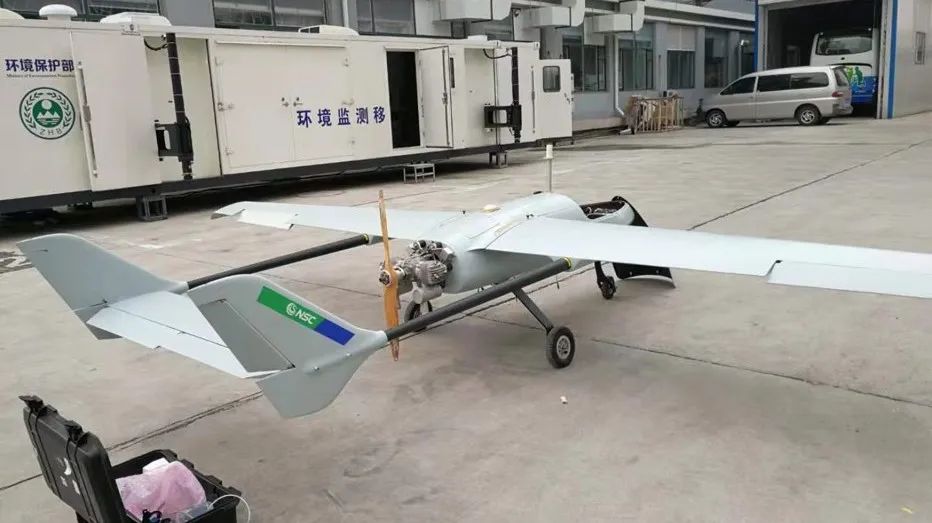
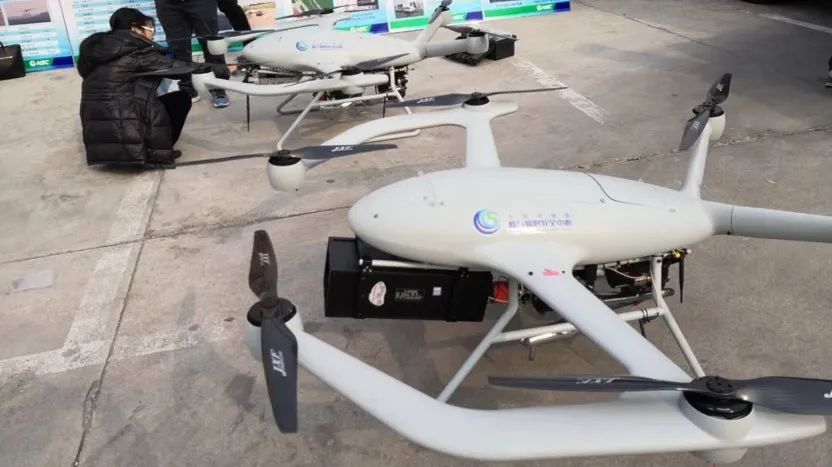
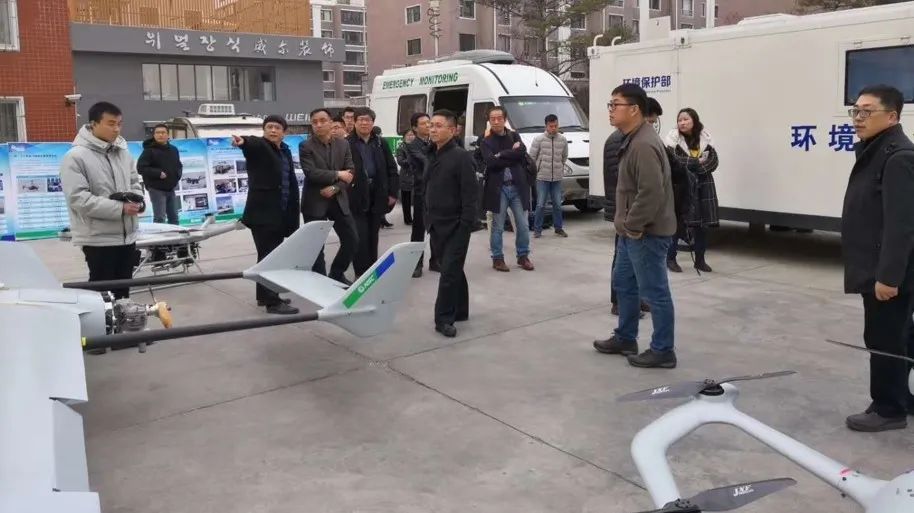
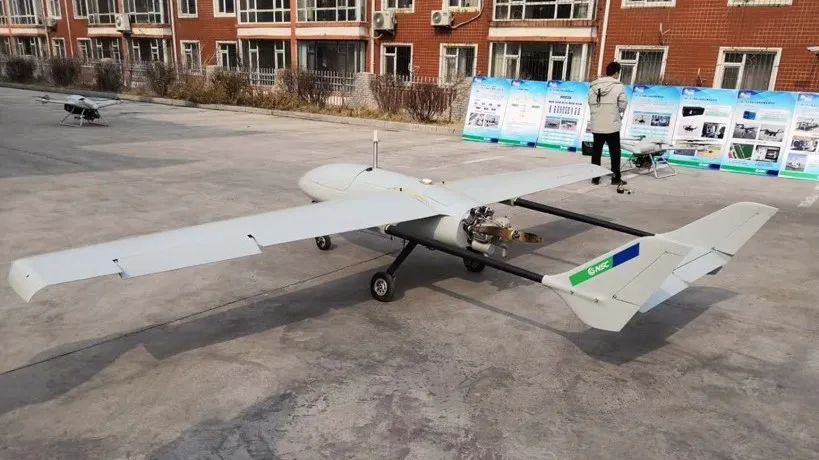
Nuclear technology is developing more and more rapidly, the application field will be more extensive, people will pay more and more attention to nuclear safety issues. The application of drones combines the work of people and unmanned people, which not only improves work efficiency but also greatly reduces the complexity of their work in advance, so that the development of science and technology can better ensure ecological security and create more social value!